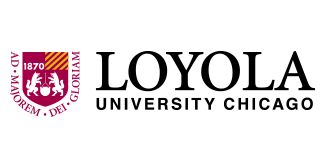Major
Biology
Anticipated Graduation Year
2023
Access Type
Open Access
Abstract
Burkholderia cenocepacia is an opportunistic pathogen that commonly forms biofilms in the lungs of cystic fibrosis patients. The bacteria's unique morphotypes, including studded, ruffed spreader, and wrinkly, have been shown to differ in fitness, biofilm production, and other characteristics. However, it is unclear how these different strains interact in mixed cultures. In this study, we aim to assess the interactions between morphologically different B. cenocepacia strains in mixed cultures and determine if they may exhibit a synergistic or antagonistic relationship. Our results may shed light on the interactions that underlying B. cenocepacia morphotypes display when grown in mixed culture.
Faculty Mentors & Instructors
Caroline Turner
Creative Commons License

This work is licensed under a Creative Commons Attribution-Noncommercial-No Derivative Works 3.0 License.
Interactions Displayed by Burkholderia cenocepacia Morphotypes When Grown in Mixed Cultures
Burkholderia cenocepacia is an opportunistic pathogen that commonly forms biofilms in the lungs of cystic fibrosis patients. The bacteria's unique morphotypes, including studded, ruffed spreader, and wrinkly, have been shown to differ in fitness, biofilm production, and other characteristics. However, it is unclear how these different strains interact in mixed cultures. In this study, we aim to assess the interactions between morphologically different B. cenocepacia strains in mixed cultures and determine if they may exhibit a synergistic or antagonistic relationship. Our results may shed light on the interactions that underlying B. cenocepacia morphotypes display when grown in mixed culture.


